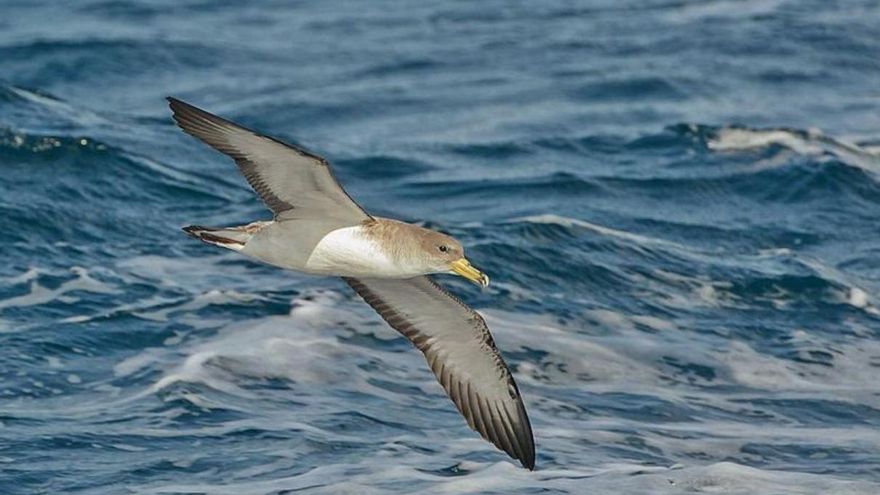
SEO/BirdLife has started a new campaign to collect dazzled seabirds in the Canary Islands due to light pollution, that will develop until November 15within the framework of the project activities Life Natura@nightwhich seeks to combat the effects of artificial night light on the biodiversity of 27 protected areas of the Macaronesian archipelagos (Canary Islands, Azores and Madeira).
The rescue campaign is supported by the help of people who want to patrol the streets and coastlines of some parts of the Canary Islands to care for juvenile Cory’s Shearwaters that these days they abandon their nests to take their first flight, from land to sea, and are harmed by artificial light, as reported by SEO/BirdLife.
Every year, light pollution causes many juvenile seabirds to become disoriented and fall into cities and towns of the archipelago, which exposes them to various dangers. This campaign makes it possible to rescue these emblematic birds that are particularly affected during new moon nights.
To make Cory’s shearwater volunteering explains that there are three modalitiesthe first being the group to help with the work of collecting the specimens that fall in the Tenerife municipalities of Santa Cruz, La Laguna, El Rosario, Güímar, Arafo and Candelaria.
In this case the collection will be coordinated by the Canarian SEO/BirdLife delegation in support of the La Tahonilla Wildlife Recovery Center. Tenerife Council and will be held in shifts from October 23 to November 15, from 9:00 a.m. to 11:00 p.m.
You can also participate independently or complementary to the previous one, by touring, during the nights that the campaign lasts, the specific stretches of the coastline of the aforementioned municipalities of the Tenerife island to locate and rescue possible injured seabirds.
And the third type of volunteering is the so-called ‘scientific brigades‘ which will take place until November 5 in Tenerife and Gran Canaria. These brigades will operate in the municipalities of Buenavista del Norte (Tenerife) and Mogan (Gran Canaria) within the framework of the Life Natura@night project. Their job consists of systematically exploring a coastal area of both municipalities twice a night from 8:00 p.m. to 12:00 a.m.
People who collaborate in any of the three forms of volunteering are given training and are offered insurance, rescue funds and a certificate of their participation.
The person in charge of Environmental Education and Volunteering at SEO/BirdLife in the Canary Islands, Elena Ramos, pointed out that there is a “strong link between Canarian citizens and this emblematic bird in such need” of commitment and protection on the part of administrations, companies and organizations, and the own civil society.
He added that the number of volunteers participating in the rescue of injured chickens “increases every year, thus demonstrating that information campaigns on light pollution and its negative effects on seabirds achieve the expected results.”
In this regard, he explained that the organization has been working since 2017 in search of solutions to this problem in the Canary archipelago“and little by little, and thanks to synergies and alliances, we are making visible this great problem that not only affects seabirds, but other faunal groups and people themselves.”
In last year’s rescue campaign, more than a hundred shearwaters were saved.
















